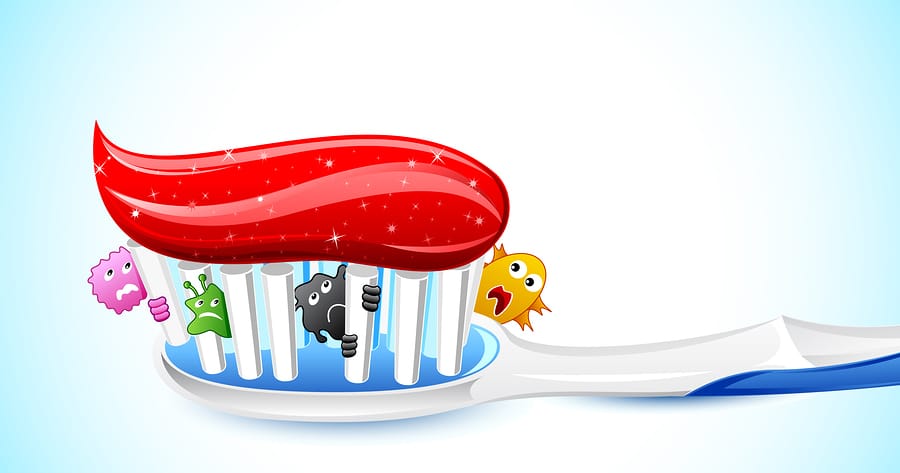Germs Living on Your Toothbrushes and How It Effects Your Health
We use our toothbrush several times a day to clean our teeth and mouth. When we reach for it, we assume that it is clean and safe to use. You may have heard that germs live on toothbrushes, but have you wondered if you should be concerned about health issues and if there any precautions that should be taken?
Germs are quite resilient and can thrive in unlikely and deceptively clean places such as sinks, gadgets and yes, your toothbrush. Although a toothbrush may look clean, studies have found out that toothbrushes can actually contain more germs than a toilet cleaning brush.
Unless a toothbrush is sterilized, it can easily become a breeding ground for bacteria. Even though a toothbrush is rinsed after being used, the germs and bacteria in our mouth get transferred to the bristles of our toothbrush and if they are not properly cleaned, these microorganisms remain there and propagate.
Excess moisture on a toothbrush also allow germs to grow and double in number as they thrive in moist places. This is a common occurrence as most people also do not take the time to completely dry up their toothbrush after use.
Although this information might sounds serious and scary, there are things you can do to help eliminate the germs on your toothbrush and help prevent the germ count on your brush from exceeding an acceptable range.
Tasty Clean is an excellent resource for cleaning and refreshing your toothbrushes - just give’em a squirt!
1. After using your toothbrush, rinse it properly with warm water. You can also try soaking it for a few minutes in water mixed with mouth wash to sterilize it. Rinse it again and squeeze the bristles to extract most of the water content in it. Use a towel to dry the bristles and the handle. Mold can grow on the handles if you don’t properly dry your brush before storing them.
2. Store your toothbrush in a sterile area. Avoid leaving it on the counter where it can be passed by airborne germs in the bathroom, including bacteria that can travel up to 5 feet from a toilet being flushed.
3. If you’re sharing the bathroom with someone else, you might want to store your toothbrush in a drawer, cabinet or grooming bag. According to research, people who share a bathroom with other people are more likely to have fecal matter in their toothbrush.
4. Never, under any circumstances, share your toothbrush with anyone. Sharing is caring but not when it comes to personal hygiene!
5. If you just had flu, colds or cough, you can either replace your toothbrush or sterilize it. It’s best to do this as chances are, the viruses and bacteria that caused your illness are still on your toothbrush. If you are iffy about throwing your brush away because it’s fairly new, try these methods: Put your toothbrush through the dishwasher in the cutlery rack. This is a favorite among Dentists as it will kill any bacteria and viruses after the flu or sickness has hit a household. Aside from mouthwash, try using natural solutions to soak your toothbrush in. For instance, water mixed with salt can help in sterilizing your brush. You can also try soaking your toothbrush in Virgin Coconut Oil as this has natural antibacterial properties. Just be sure you rinse your brush properly after in hot water to remove the oil.
6. Replace your toothbrush regularly. 3 to 4 months is the ideal lifespan of a toothbrush. Worn-out brushes won’t be that effective in getting rid of plaque anyway.
7. Try purchasing Tasty Clean to use in regularly cleaning your toothbrushes. Visit out Shopping link here on the site.
If you follow these tips, you will feel good knowing that every time you reach for your toothbrush it is healthy and clean! If you have any questions about your oral health, be sure to talk to your Dentist at your next dental appointment.

